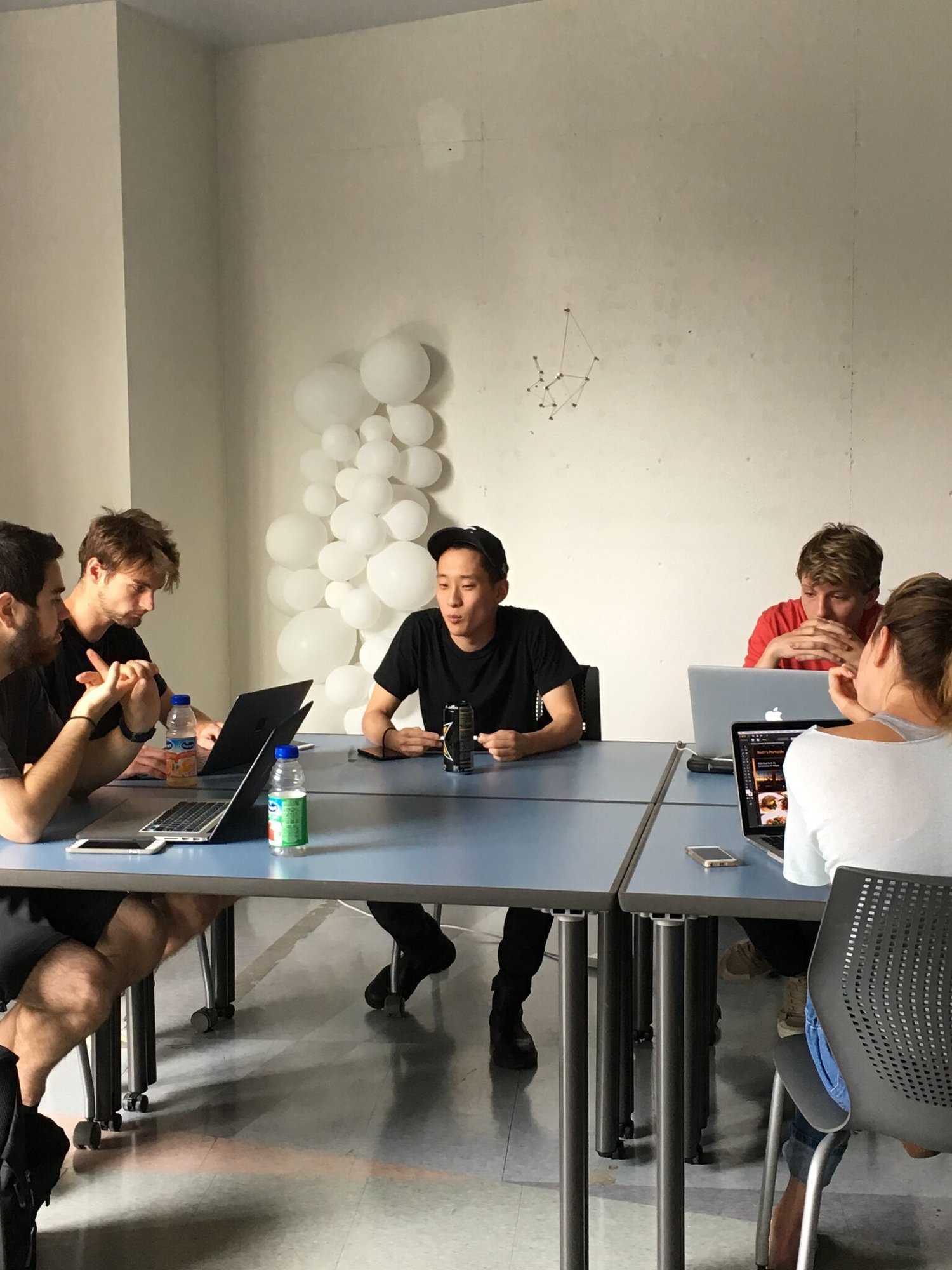This summer I returned back to my alma mater to team teach Design Systems, a junior-level Experiential Design (EGD) course. We guide students to research social issues within local communities to co-create wayfinding systems and strategic placemaking design. For most, this is their first encounter designing complex three-dimensional systems, working in scale, and within the built environment. It’s an energizing place where design professionals bring insightful industry expertise to bridge the gap from the workplace to the classroom. This successful model is one that propelled my design career forward as a student many years ago, so it’s an honor to give back.
We are now well into the semester and I can’t help but notice how much the climate within the classroom has shifted since I was last in school. They all have pre-existing ideas about what wayfinding or environmental graphic design is. They are up against the greatest challenge of today’s design student; they are required to learn copious amounts of information within the expansive, global definition of visual communication. The classroom is a true microcosm of today’s larger social context. For that reason, I continue to craft my own teaching techniques by understanding the realities of today’s society that drive student behavior, coupled with the expectations professional designers place on new grads. Most importantly to set students up for success, we provide them the freedom to discover their unique superpower and amplify their voice through their own design work.
Day one, we focus on two creative mindsets that are pivotal to the success of today’s professional EGD practice – collaborative teaming and active adaptive behavior. While not new concepts, admittedly they were not top-of mind societal emergence twenty years ago when I sat in the same classroom as a student. More importantly, societal norms back then did not seem to necessitate in-depth design lectures on emotional intelligence and soft skills like empathy. Students are encouraged to remain open to learning from each other’s perspectives, as it adds value when designing for human-experiences. Returning to the classroom, I’ve found that teaching techniques are much like design strategy – today, there is little tolerance for one-size-fits all methodologies. Students must be engaged as unique contributors within the classroom environment.
With digital disruption at the forefront of design systems, we forego the grueling study of hundreds of iterations as I was once taught in design school. Instead, we seek to integrate new opportunities to future-proof students as subject matter experts with heightened skillsets in user research, community engagement and rapid field prototyping. Collaborative critiques with industry professionals and their peers challenge their critical thinking to aim for both growth and refinement consistently over the duration of the project.
It’s known that societal change drives innovative business strategies in the workplace over time. But I’ve found it truly compelling to witness the immediate influence within the educational environment. Students, teachers and design professionals alike – those who do not learn to collaborate well or fail to actively adapt and manage change, become institutions of an old, disrupted story. I believe that it is the duty of those who prevail to rise to the occasion together, as strategic creatives to develop new thinking around meaningful, adaptive systems for purposeful societal advancement. Empowered by the ever-changing design industry, the teacher becomes the student. I like to think of myself as one in the same on any given day, continually learning new capabilities and sharing the knowledge, not only to keep pace and advance, but to make a positive impact on society, uplifting future generations to come.
Originally Published on SEGD.ORG


